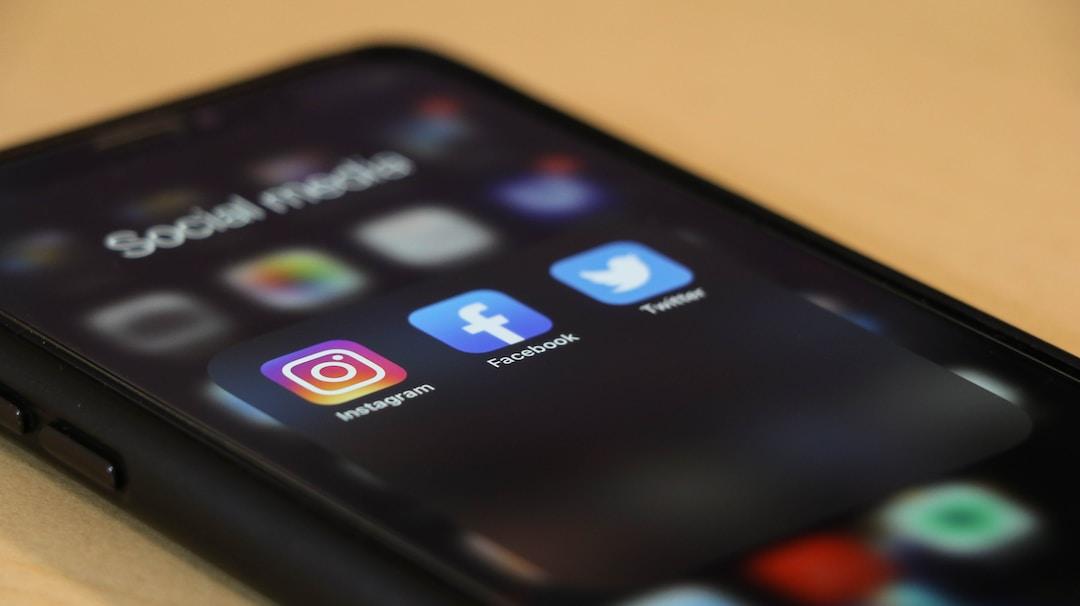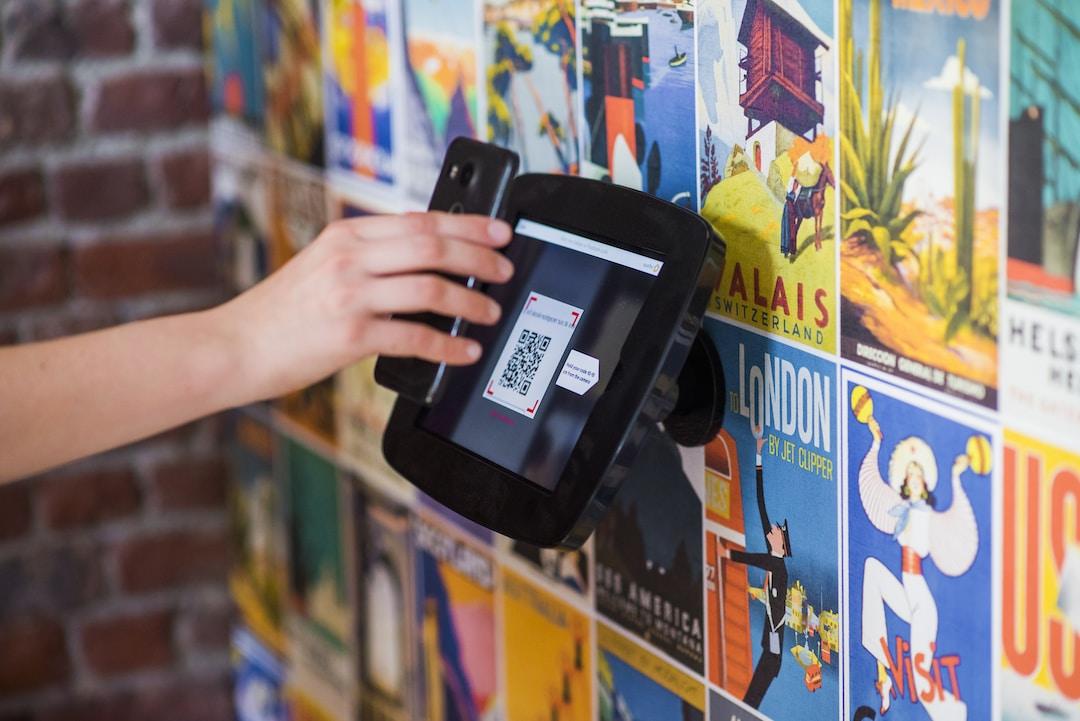In the fast-paced digital age, conventional ways of marketing are just not enough. Businesses are constantly looking for unique marketing ideas that can help them stand out from the competition. To stay at the forefront, it’s essential to stay attuned to the latest trends and ideas in the marketing sphere. This article delves into some innovative and unique marketing strategies worth considering to provide your business with the competitive edge it needs. Below, we’ll navigate through these strategies in depth.
Incorporating AI Technology

In the world of marketing, visual content is king. Whether it’s on social media, websites, or advertisements, videos have become an integral part of any successful marketing campaign. However, creating engaging and eye-catching videos can be time-consuming and expensive. This is where an AI video maker can be a game-changer.
An AI video maker is a tool that uses artificial intelligence algorithms to transform long-form content, such as blog posts and articles, into branded videos. With this technology, you can now repurpose your written content into visual content that captures the attention of your target audience.
One of the key benefits of using an AI video maker is the time and effort it saves. Rather than starting from scratch and spending hours brainstorming and creating video content, you can simply input your existing long-form content, and the AI video maker will generate a video based on the text. This not only saves time but also ensures consistency in your brand messaging, as the video will be aligned with the content of your blog or article.
Moreover, an AI video maker allows you to reach a wider audience by catering to those who prefer consuming information through videos rather than text. By creating visually appealing and engaging videos, you can attract and retain the attention of a larger audience, leading to increased brand awareness and potential conversions.
Once the video creation tool has generated stunning video content for you, you can use it for various marketing campaigns. With video maker tools, you can easily post it to social media platforms like Facebook, Instagram, and YouTube, giving your brand a professional and engaging presence.
Capitalize on User-Generated Content
Businesses have come to realize the enormous marketing potential that lies within their own customer base. User-generated content (UGC) in the form of photos, videos, testimonials, tweets, reviews, or blog posts that your customers create can serve as a powerful marketing tool. UGC works wonders in marketing strategies because it’s authentic, relatable, and builds a stronger community.
Leveraging UGC demands a shift from traditional monologue marketing toward an open and engaging dialogue with customers. This dynamic approach makes your customers feel part of your brand story, fostering deeper connections and driving brand loyalty. According to recent data, user-generated content can increase conversion rates by as much as 4.6 percent, demonstrating the tangible benefits of incorporating it into your marketing plans.
Unlock the Potential of Influencer Marketing

In the era of social media marketing, influencers have attracted substantial attention and cultivated significant trust with their followers. This makes influencer marketing a strategy worth considering. Aligning your brand with the right influencer can provide access to their engaged audiences and lead to increased brand awareness, improved brand reputation, and even increased sales.
When leveraging influencer marketing, keep in mind that it’s not about finding someone with thousands or millions of followers. Instead, seek out influencers who are authentic, speak directly to your target market, and maintain high engagement rates with their audience. Micro-influencers often fit this bill perfectly and are usually more affordable and accessible for small to medium-sized businesses.
It’s important to remember that an influencer collaboration shouldn’t feel like an advertisement. The best collaborations feel like a natural fit, with the influencer’s content seamlessly blending with your brand’s message. This authenticity resonates with audiences and can significantly bolster your marketing efforts.
Humanizing Your Brand Through Storytelling
In a digital world full of brands vying for consumer attention, storytelling has emerged as an incredibly effective way to cut through the noise. By weaving a compelling story, brands can touch people on an emotional level, fostering sincere connections that go beyond the superficiality of typical marketing techniques.
Effective brand stories are those that communicate your core values, relay your brand purpose, and evoke emotion in your audience. This doesn’t require grandiose tales; instead, it may involve sharing your humble beginnings, spotlighting your employees, or even discussing the behind-the-scenes processes that bring your products or services to life. Through this approach, you can engender meaningful relationships with your audience and set a solid foundation for loyal advocacy.
Integrating Augmented Reality in Your Marketing Mix
Today brands are tasked with creating memorable experiences for their audiences. Augmented reality (AR) offers an innovative solution to this challenge. AR involves overlaying digital images or data onto the real world, providing a composite view that enhances the user experience.
From Snapchat filters to IKEA’s AR furniture placement app, AR has made its way into the mainstream market to provide customers with interactive experiences that not only engage but also educate and inspire. This trend is predicted to keep rising, creating a unique opportunity for forward-thinking brands to take their marketing efforts to the next level.
When integrating AR into your marketing strategy, it’s paramount to think creatively about how technology can enhance the customer experience. What part of your product or service could be better visualized? How can you use AR to drive engagement, tell your brand story, or simplify your customer’s journey? Successful AR experiences are those that are innovative, user-friendly, and service-oriented.
Harnessing the Power of Social Commerce

Social commerce is a rapidly emerging trend where social media platforms are used as a conduit for direct online shopping. Rather than simply redirecting consumers to an online store, platforms like Instagram and Facebook now allow users to purchase products without leaving the app. This considerably shortens the buyer journey and increases the likelihood of impulse purchases.
Brands must embrace this development and seek to optimize their presence on these platforms. This could involve utilizing “shippable” posts, featuring user-generated content, integrating AR to let consumers “try before they buy,” or offering exclusive deals and promotions to followers. This blurring of the lines between social networking and eCommerce can significantly boost your revenue numbers if navigated correctly.
With the ever-evolving cycle of social media trends, it’s crucial to stay updated and flexible in your social commerce strategies. Regular feedback sessions, trials, and progress analyses are integral for refining your approach and leveraging this powerful channel to the fullest.
Creating “Phygital” Experiences

Phygital is a term that merges the words “physical” and “digital,” and it represents an innovative marketing strategy where brands aim to merge the digital and physical worlds to create a unique customer experience. This blend of physical and digital interactions enables businesses to offer real-time, personalized experiences to consumers.
Whether it’s a retail store offering QR code-based discounts, a restaurant with digital menu boards, or an event organized over virtual reality platforms, there are numerous opportunities to create memorable “phygital” experiences. Implementing such strategies not only sets your brand apart but also influences consumer behavior positively, improving customer satisfaction and retention rates.
Embracing this type of marketing would require significant technical know-how and resources. But with increasing consumer demand for enhanced shopping experiences and the growth of the Internet of Things (IoT), it’s an aspect that brands can’t afford to ignore. Thus, investing in creating captivating experiences can indeed be a game-changer for brands seeking to make their mark in today’s competitive landscape.
Overall, in the era of rapid technological advancement, marketing techniques must evolve to keep pace. Keeping a finger on the pulse of emerging trends like AI-influenced content, user-generated content, influencer marketing, brand storytelling, augmented reality, social commerce, and phygital experiences could help businesses outperform competitors and forge strong relationships with consumers. The key to successful marketing in the digital age lies within these innovative and unique strategies.
















